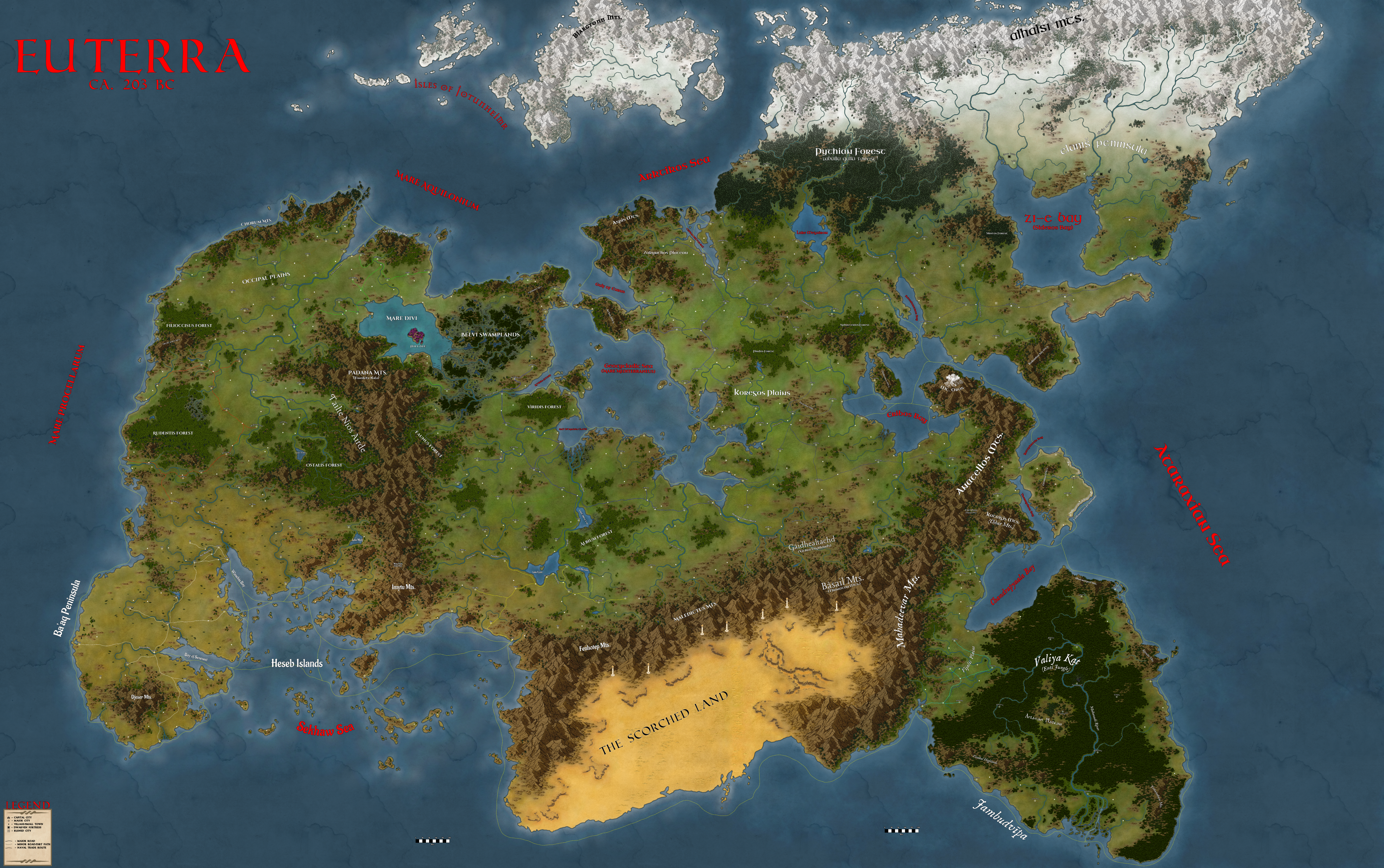Achaian Views on Death
Burial customs: The Achaians almost exclusively practice inhumation (cremation occurs, but is exceedingly rare, and usually practiced by the poor in large cities where necropolis real estate is expensive). After death, a body is laid in state for 2 days, during which time the family and friends of the deceased are expected to visit and grieve.
Close female family or friends oversee preparing the body for burial, washing it, anointing it with oil (if affordable), and placing a coin in their mouth (a bronze obol, a silver drachma, or a gold stater). The coin is the most important part and must be placed in their mouth as soon as possible after death.
An important difference between Achaians and others is that priests are not allowed anywhere near the deceased for fear of ritual pollution and thus take no part in burial customs or funeral processions.
Funeral customs: The funeral takes place in the morning of the 3rd day after death. Achaian funeral processions are noisy and sombre processions, where the dead is brought by their family and close friends to the necropolis. Men are expected to wear their best clothes, while women will cover themselves in dark robes and sing funeral dirges.
All Achaian settlements will have one or more necropoleis that are traditionally located outside the walls, or at a distance of at least 300ft (1/2 a stadion) from the rest of the settlement if it doesn’t have walls.
Most people will be buried in a family grave or tomb—in part because this is economical, but it also works with the highly communal culture of the Achaians. As with the burial and funeral, priests are not permitted within 300ft of a necropolis, so the burial customs, funeral processions, and necropoleis are family and friends only.
Post-funeral traditions: The Achaians don’t have much in the way of post-funeral traditions. Ancestor veneration isn’t a cultural norm, but it is common to visit the family grave/tomb in the necropolis and leave offerings of some sort. The only major event dedicated to the dead is the Thesmophoria, taking place from the 11-13 of Pyanepsiōn.
The Thesmophoria is the Achaian a festival dedicated to Demeter and Persephone and is held in honour of the deceased. The first day is solemn, generally spent commemorating the dead. On this day, fasting and even abstention from talking is customary. Round cakes made with pomegranate arils are baked by women, and the men will make holocaust offerings to the Chthonic couple (Hades and Persephone).
Beliefs of the afterlife: Achaian beliefs of the afterlife begins even before death. The Achaians don’t really have a concept of ghosts or a soul, no immortal spirit that is you. Instead, they have eidola.
An eidolon is a person’s ethereal form, but it isn’t quite them. It’s more like a person’s negative image, a spiritual double or phantom lookalike that comes from them the moment they die. It preserves the essence of the person but is not truly them. If it isn’t placated through a proper burial and funeral, it will bring misfortune to the living.
When a person dies, their eidolon is escorted to the River Styx by Hermes. Demigods are traditionally believed to have 2 eidola, one mortal and one divine. The mortal eidolon traverses to Hades, while the divine eidolon ascends to Oros, the dwelling of the gods, and is then worshipped as a god. Such gods are called heroes and their cults can be quite popular among mortals, such as the hero-cult of Herakles which rivals the size of even traditional deities.
Across the Styx lies Hades, the land of the dead. However, before crossing, they must pay Charon the ferryman to ferry them across. This is the purpose of the coin placed in the deceased’s mouth.
Without that coin, their eidolon will be trapped on the near shores of the Styx, stuck between life and death, and they will return to bring misfortune and disaster to the living (especially their family, who failed to provide them with Charon’s fare).
Though the Styx is the most important of the rivers, there are 5 rivers in Hades: the Styx, the boundary between the lands of the living and dead; the Acheron, the river of miser; the Phlegethon, a river of fire that flows into Tartarus and is associated with punishment of parricides; Cocytus, the river of wailing associated with punishment of murderers; and the Lethe, the river of forgetfulness that flows through Elysium.
Once one has been ferried across the Styx and brought past Kerberos, through the main gate, they are judged by the three judges of Hades: Minos, Rhadamanthus, and Aeacus. Aeacus is the guardian of the keys to Hades and Lord of the Asphodel Meadows, Rhadamanthus is the Lord of Elysium, and Minos is the Lord of Tartarus and is the judge of the final vote.
They will judge each of the deceased, and sort them into one of the three regions of Hades. The worthy, righteous, and heroic (such as the mortal eidola of demigods) go to Elysium—a paradise where the deceased live a blessed and happy afterlife and indulge in all the greatest comforts and enjoyments of life. Most commonly, they are depicted as spending most of their time indulging in musical and athletic pastimes.
The mediocre, neutral, and unremarkable are sent to the Asphodel Meadows—a land of utter neutrality, neither good nor bad. As its inhabitants were judged to be neither righteous nor evil, so they are treated in the afterlife.
The unworthy, wicked, and cowardly are sent to Tartaros—a deep abyss where criminals receive divine (and usually poetic) punishment. It is a dark land of eternal suffering and torment, as far beneath Hades as the earth is beneath the heavens. Consignment to Tataros is permanent. There is no reevaluation at a later date, no salvation



Comments